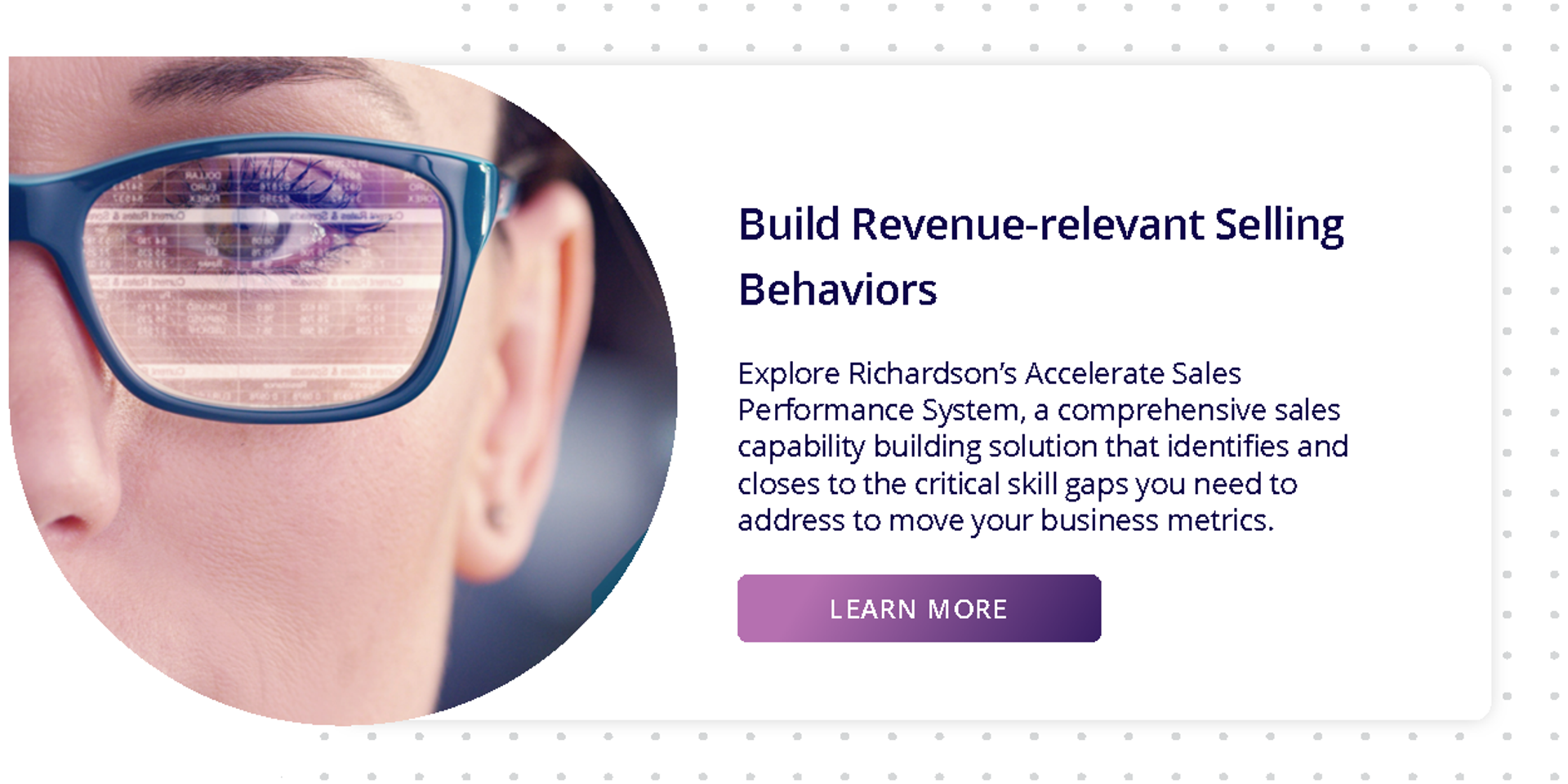How to Get Started with a Customer Success Competency Framework: A Practical Guide
Customer conversations

Building a Customer Success Competency Framework: A Strategic Guide
As revenue operations teams strive for growth through enhanced customer satisfaction, a well-defined Customer Success Competency Framework is becoming indispensable. With the evolving landscape of revenue enablement, which now extends beyond sales to include roles such as solutions overlays and customer success, establishing a solid framework is crucial. This guide explores the essentials of creating a Customer Success Competency Framework and provides actionable insights to help your team excel.
What is a Customer Success Competency Framework?
A Customer Success Competency Framework outlines the necessary skills, behaviours, and knowledge for professionals in customer success roles to thrive. It serves as a blueprint for developing and assessing the competencies that drive effective customer management and satisfaction.
Why is a Customer Success Competency Framework Important?
Implementing a Customer Success Competency Framework offers several key benefits that can significantly impact your organisation’s success. Here’s why it’s important:
- Enhanced Customer Retention: Clearly defined competencies ensure your customer success team can meet customer needs effectively, leading to improved retention rates.
- Improved Team Performance: A structured framework provides a pathway for skill development, resulting in a more capable and confident team.
- Strategic Alignment: Aligning competencies with organisational goals ensures that your customer success efforts contribute directly to overall business objectives.
- Revenue Enablement: As Forrester highlights, sales enablement is evolving to support customer-facing roles, including customer success. A well-defined framework aligns with this trend, optimising revenue enablement across teams.
Key Components of an Effective Customer Success Competency Framework
To build a successful framework, focus on the following key components:
- Core Competencies: Identify essential skills and behaviours required for success, including customer relationship management, problem-solving, and empathy.
- Role-Specific Competencies: Tailor competencies to different roles, such as Customer Success Managers, Onboarding Specialists, and Support Agents.
- Assessment Methods: Develop tools for evaluating competencies, such as performance reviews and skills assessments.
- Training and Development: Implement training programmes and resources to help team members develop required competencies.
- Continuous Improvement: Regularly review and update the framework to keep it relevant as customer needs and industry standards evolve.
Example Customer Success Competencies
Here's a starting point for the competencies to include in your framework:
Customer Relationship Management: Building and nurturing strong customer relationships is essential. This involves understanding needs, addressing concerns proactively, and providing ongoing support.
- Positive Indicators: Strong listening skills, trust-building, proactive support.
- Example Measures: Completed QBRs, outbound calls, ‘listening’ ratio on recorded calls.
Problem-Solving and Analytical Skills: Essential for resolving issues and providing data-driven insights to help customers achieve their goals.
- Positive Indicators: Effective issue resolution, data analysis, proactive solutions.
- Example Measures: NPS Score, Net Revenue Retention.
Empathy and Customer Focus: Understanding and empathising with customers’ challenges to deliver personalised experiences and anticipate needs.
- Positive Indicators: Empathy, personalised solutions, customer advocacy.
- Example Measures: NPS Score, Time to Onboard, contacts engaged per customer.
Team Collaboration: Effective collaboration with internal teams to ensure smooth transitions and enhance the customer experience.
- Positive Indicators: Knowledge sharing, seamless handover, feedback integration.
- Example Measures: Upsell pipeline, upsell revenue, team tasks completed.
Metrics and Data-Driven Approach: Utilising metrics to track performance, identify trends, and provide actionable insights.
- Positive Indicators: Regular tracking, data-driven insights, proactive communication.
- Example Measures: Insights data sent to customers, completed QBRs.
How to Implement a Customer Success Competency Framework
To successfully implement your framework, follow these steps:
- Define Objectives: Outline the goals and objectives of your competency framework.
- Gather Input: Consult stakeholders, including customer success team members and leaders, to identify key competencies.
- Design the Framework: Create a detailed framework including core and role-specific competencies, assessment methods, and training plans.
- Roll Out and Train: Introduce the framework to your team and provide necessary training.
- Monitor and Adjust: Continuously monitor the framework’s effectiveness and make adjustments based on feedback and performance data.
Tips for Success
To ensure the successful adoption of your Customer Success Competency Framework:
- Adapt to Fit Your Organisation: Customise the framework to align with your organisational culture and goals.
- Start with Clear Goals: Work backwards from your customer success goals to define the competencies that drive success.
- Refine by Role: Tailor the framework for different roles within your customer success team to address varying levels of complexity.
- Engage Stakeholders: Share the framework with all relevant stakeholders and ensure continued support through coaching and training.
Creating a Customer Success Competency Framework is a strategic investment that enhances team performance and aligns customer success efforts with business objectives. By defining and developing key competencies, you can drive greater customer satisfaction and support your organisation’s growth.

Brochure: Richardson's Sales Capability Framework
Explore the complete collection of 16 sales capabilities supported by 58 sales behaviours sellers must master to enhance commercial selling competitiveness.
DownloadGet industry insights and stay up to date, subscribe to our newsletter.
Joining our community gives you access to weekly thought leadership to help guide your planning for a training initiative, inform your sales strategy, and most importantly, improve your team's performance.
















